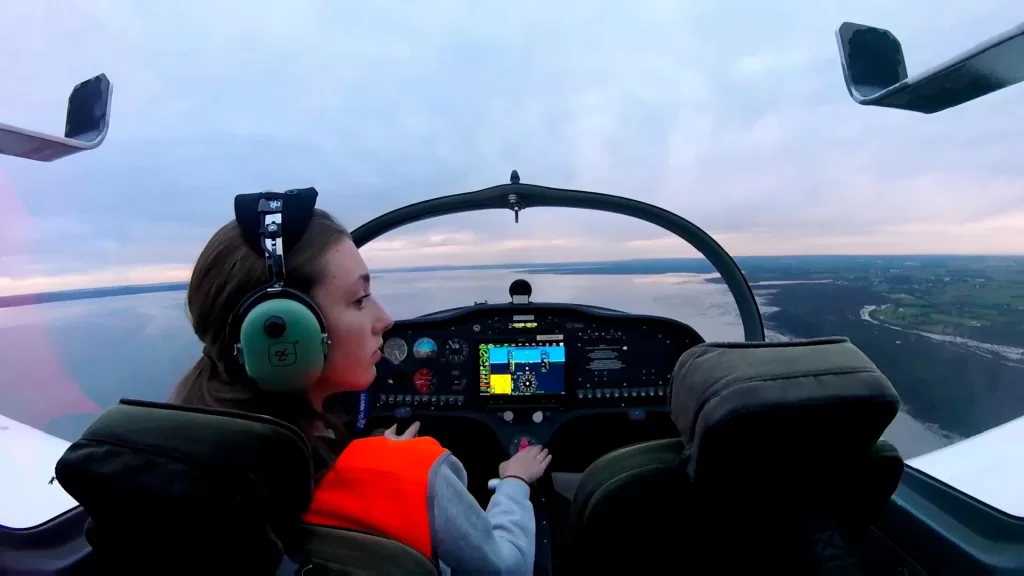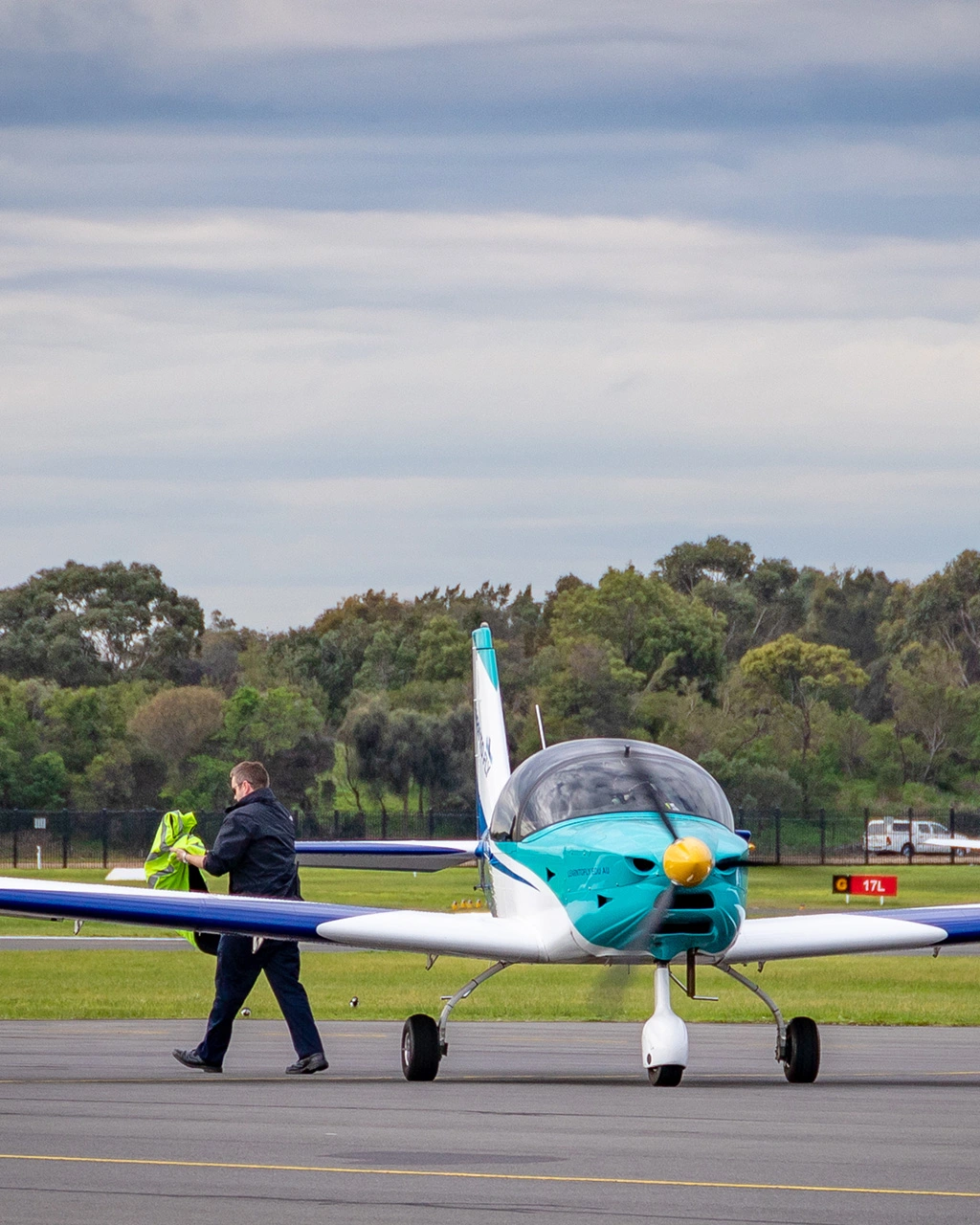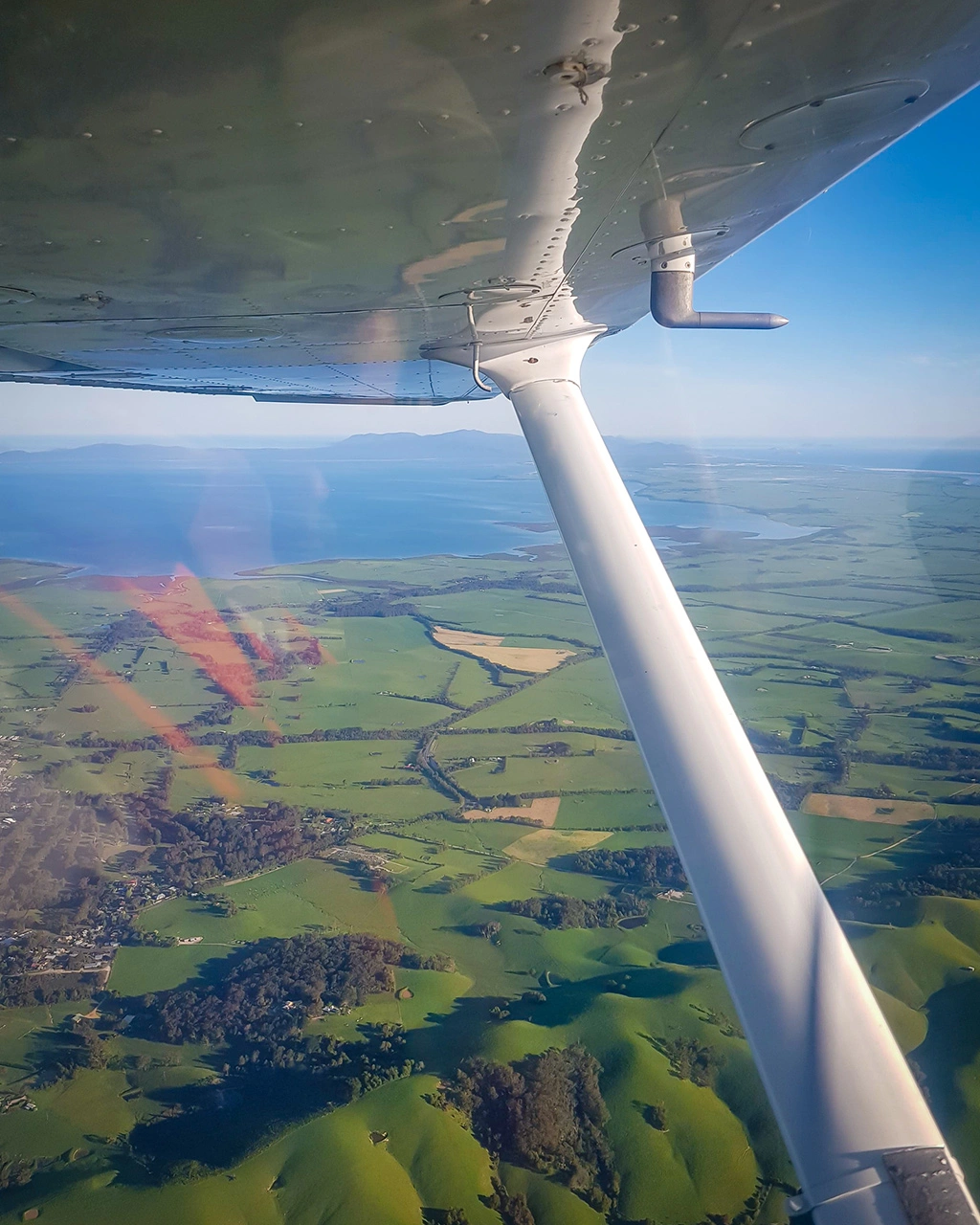The time is here! Your very first solo flight! Just like the time you first drove your car alone after getting your licence, the feeling of flying solo can be exhilarating, but very overwhelming. There’s also a higher margin of error, as your instructor will not be next to you to guide you. But, once you’ve read these few tips to help you prepare for your first solo flight and completed all the solo flight training requirements, you’re ready to feel the independence that comes from flying solo!
Go easy on yourself
Remember, you are still learning. Just as when you were first learning how to drive, your reflexes were much slower, you weren’t that good at changing lanes or braking smoothly or at the dreaded parallel parking. That first solo drive must have been nerve-wracking, and you might have wanted to stop the car in the middle of the road and take off running.
Learning how to fly is much the same. You might get frustrated at the time it is taking you to master a new skill or learning how to land safely. But it is important to remember that calm and collected pilots make safe pilots. Stress and anxiety can affect our decision-making powers, thus putting us at risk of making even more mistakes! Remember to take a deep breath before each lesson and remind yourself that you’ve got this, even if it seems like it is taking forever!
Listen to your instructor
Your first solo flight will typically involve successfully taking off, completing a circuit pattern and safely touching back down on the ground without the help of an instructor. To prepare for your first solo flight, you will complete this exact same flight many times with your instructor sitting next to you. Use that time to soak up as much information you can, and use your instructor’s experience.
It’s very important that you listen to everything your instructor tells you, and that you are open to their advice and suggestions. Flight instructors have seen many pilots before you, all with different learning styles and different strengths and weaknesses. When an instructor identifies a weakness in your flying, this is the best opportunity to listen, learn, and make it into a strength.
Mental rehearsal and practice on the ground
In the days leading up to your first solo flight, practice flying mentally. This involves sitting on a chair and visualising that you are flying the circuit and thinking of how to fly the plane. It’s not even a bad idea to do this after every flight lesson, in order to make your movements muscle memory. This will save you time trying to figure out what comes next when you actually fly solo when it comes to procedures, radio talk and check as these things will already have become automatic by then. This method of training is also known as “chair flying”.
You can also prepare for your first solo flight by using a flight simulator. A flight simulator allows you to understand the controls and mechanics of the cockpit and repetitively practise taking off, manoeuvring, and touching down without ever leaving the ground. This is a safe way to gain the skills and expertise required to be able to fly solo.
Trust yourself
Finally, once you have successfully completed your solo flight training and your instructor deems that you are ready to take the aircraft on your first solo flight, it is important to trust yourself and trust the skills you have been taught. Get some good sleep every time before a solo flight and don’t let the negative thoughts take over. You know what you are doing and you have practised hours upon hours for this, both physically and mentally.
It might seem daunting at first, but once you step into the cockpit, you are likely to remember everything you have been taught and you will successfully complete your first solo flight like a bird flying in the sky—naturally and effortlessly. You’ve got this!

Want to experience flying solo? We have a range of courses to get you there. Email hello@learntofly.com.au. You can also visit https://drift.me/learntofly/meeting to book a meeting and school tour. For more great flying tips and the latest flying videos, click below and subscribe to our YouTube channel!












